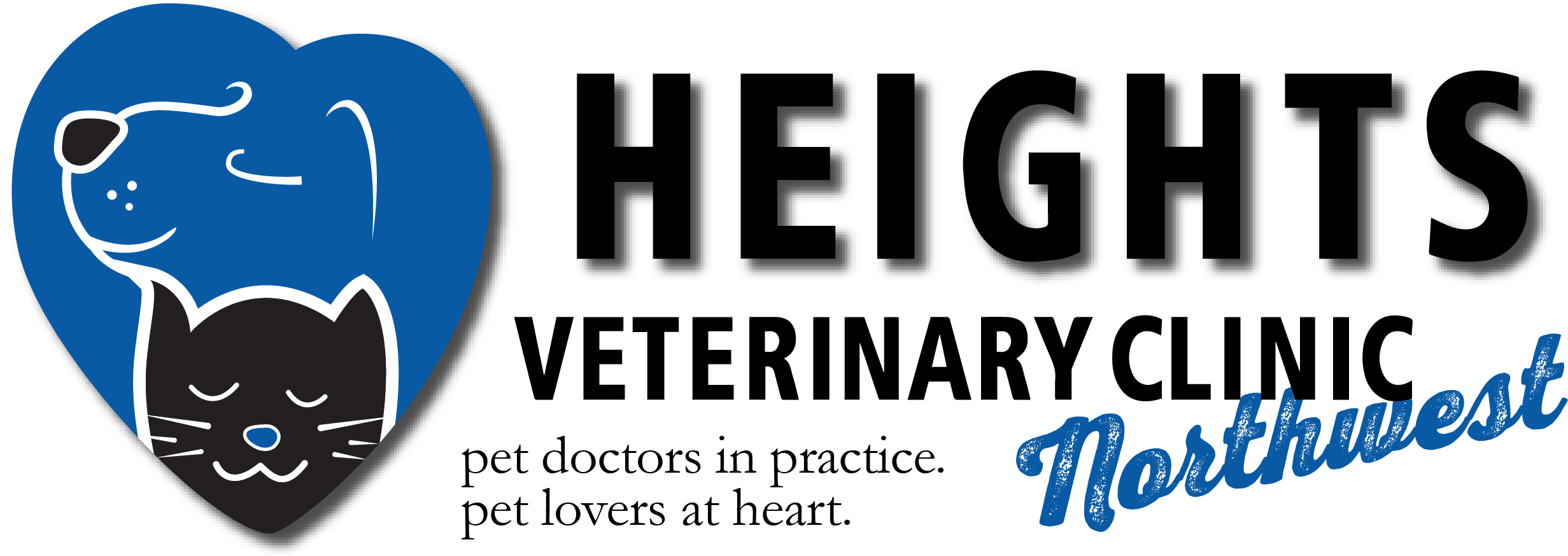Library
-
Vaginitis refers to inflammation of the vagina and can be a result of several possible underlying causes. Prognosis is generally good, especially if the underlying cause is identified and treated early. The most common clinical signs of vaginitis include increased frequency of urination, licking of the vaginal area, vaginal discharges, and scooting or rubbing of the vaginal area. Diagnostic testing to determine the cause of a dog's condition is helpful in identifying the appropriate antibiotic treatment.
-
Just like other pets, mini-pigs should have a complete veterinary check-up after they are acquired and then annually after that. Your pig may need to be sedated for examination. Your veterinarian will determine the vaccines that are advisable for your pig, based on your pig's potential exposure to pathogens, breeding status, and geographic location. An analysis of your pig's feces should be performed annually to check for gastrointestinal parasites. Pet pigs should be screened for mites through a skin scraping. Veterinarians also will often help pig owners with hoof care and tusk trimming. Neutering of males and spaying of females is recommended for all pigs.
-
New birds should be examined by an avian veterinarian within the first couple of days after purchase or adoption. Pet birds should receive routine annual veterinary examinations. A physical examination allows a veterinarian to notice subtle signs of disease before they are obvious. Your veterinarian will discuss the need for testing with you depending on the findings of the physical examination. Tests, including blood tests and fecal analysis, are performed routinely to monitor the current state of health of the bird. The specific tests your veterinarian suggests will depend on your bird's age, size, species, and health status.
-
The physical examination is a crucial part of assessing the health of a new pet bird. Your first visit with an avian veterinarian should also include a thorough discussion of proper nutrition, housing, care, grooming, and training/socialization. Additional tests may be recommended during the exam.
-
Vomiting in Dogs
El vómito no es una enfermedad sino un síntoma que aparece en diferentes enfermedades. Muchos casos de vómitos son autolimitantes, cesan espontáneamente en pocos días y en raras ocasiones son consecuencia de enfermedades graves como el cáncer.
-
Vomiting in Cats
Un vómito es la expulsión activa de la comida desde el estómago. Los vómitos pueden ser causados por problemas en el estómago, pero también pueden presentarse como signo clínico de muchas otras enfermedades y problemas. El vomitar no es una enfermedad específica por sí mismo. Los gatos vomitan con relativa facilidad.
-
Vulvoplasty, also known as episioplasty, is a surgical procedure that your veterinarian may recommend to correct a conformational issue known as a recessed vulva. Your veterinarian will remove a crescent-shaped piece of tissue from above the vulva, allowing the skin to be pulled upwards into a more normal conformation. This procedure is performed under general anesthesia. Your pet will be intubated with an endotracheal tube. After surgery, you will need to give pain medications and antibiotics as directed and keep your dog confined/restricted for approximately two weeks. Skin sutures, if used, can typically be removed 10-14 days after surgery.
-
Walking is an excellent way for dogs to burn more calories while working toward weight loss. A short leash and head halter or harness are recommended to keep the walk going at a consistent pace. Gradually work up to several 30-minute walks per day.
-
Warfarin is given by mouth and is used off label to treat abnormal clotting in dogs and occasionally horses. Give as directed. The most common side effect is abnormal bleeding, and this should be reported to your veterinarian. Do not use in pets that are allergic to it, pets with bleeding diseases, active bleeding, aneurysm, acute kidney disease, brain bleeds, blood cell diseases, uncontrolled high blood pressure, liver disease, certain types of carcinoma, pets about to undergo certain surgical procedures, or pets that are pregnant. If a negative reaction occurs, please call the veterinary office.
-
Pet monitoring systems provide peace of mind for pet owners. While away from home, pet parents can monitor the home and pet. Monitors allow observation as well as interaction that benefits both pet and owner. Numerous options are available to accommodate the individual needs of both pet and pet parent. Do a little research to find the one that best fits your needs.

